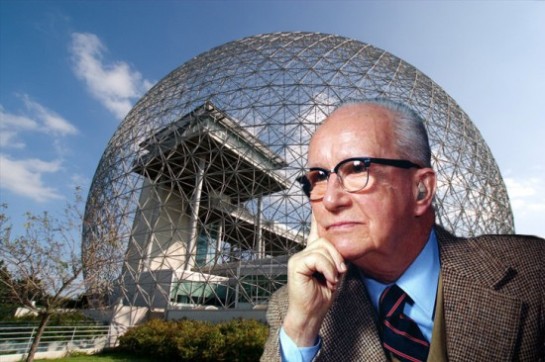Seniority

The labels “junior,” “mid-level,” and “senior” get batted around frequently. But the true hallmark of a senior has nothing to do with the years under their belt. Rather, it’s about having gained the ability to introspect, adapt, and apply hard-won lessons from seeing a multitude of challenges and scenarios.
The Path is Lit by Diverse Problem-Solving
What most sets senior developers, engineers, and business folks apart from the less senior is the wealth of different problems they’ve encountered and the innovative solutions they’ve seen, and crafted. They’ve grappled with issues spanning:
- Appreciation for a System: This involves understanding how various components within an organisation or community interact with each other. It emphasises looking at an organisation as a whole system rather than isolated components. It also stresses understanding how actions and changes in one area can impact other areas.
- Theory of Knowledge: This relates to the concepts around how learning and knowledge acquisition take place. It covers topics like operational definitions, theory of variation, psychology, and a theory of learning. The aim is to guide learning, decision making, and organisational practices.
- Knowledge about Variation: This involves understanding variation, both controlled (common cause) and uncontrolled (special cause) variation. It stresses using statistical thinking and tools to study process variation over time and identify the root causes of variation.
- Knowledge of Psychology: This refers to an understanding of human behavior, motivation, and interactions between individuals and circumstances. It emphasises cooperation, learning, fellowship, and driving out fear from the workplace to enable intrinsic motivation.
This diversity of experiences has hewn true wisdom – the ability to rapidly explore roots of problems, innovate novel approaches, predict potential pitfalls, and maintain a flexible mindset. The path to seniority is illuminated by persistent introspection, asking “What worked?” “What didn’t?” “How can we apply those learnings going forward?”
A Cross-Functional Vision Emerges
By being immersed in a vast array of problems across multiple domains, senior people begin to connect the dots in a profound way. They gain a systems-level view that transcends any single function or specialisation.
A senior software person isn’t just a coding guru, but someone who understands development, QA (and the real meaing of the term), infrastructure, security, and how technology drives business impact. A senior business person doesn’t just regurgitate methods from an MBA textbook, but can intuitively design strategies that harmonise sales, marketing, product, and operations.
This comprehensive vision allows seniors to participate fully in high-level initiatives, make strategic decisions, and provide indispensable coaching substantiated by their own intense introspection over years of learning experiences.
Crucibles of Collaboration and Wisdom Sharing
The most impactful senior roles aren’t just about solving problems, but about spreading the philosophy of how to solve problems. The most valuable senior folks spread their hard-won wisdom across different teams, departments and the whole company. They invite people into an environment where all can learn and grow together.
Through mentoring others, sharing knowledge, working side-by-side and illustrating by example, seniors pass on the deep lessons they’ve digested from their experiences. While juniors focus on mastering specific tools and skills, seniors aid people in truly understanding how to creatively solve problems together.
Instead of hoarding their years of practice, the best seniors are generous in distributing their insights organisation-wide. Their goal is contributing to building a cadre of brilliant problem-solvers who see challenges as opportunities to get smarter.
Through mentorship, knowledge shares, pairing, exemplars, and other means, seniors seed their problem-solving approaches – ways to deeply inspect issues through multiple lenses, devise innovative approaches, and continuously introspect for improvement.
The most valuable seniors aren’t fogeys hoarding years of experience, but diligently introspective learners aiding others to illuminate their own wisdom through the challenges they face. Seniority is about leaving a trail of proble solvers in your wake who redefine challenges as opportunities to grow.
An Introspective Mindset, Not an Age Metric
At the end of the day, being considered “senior” is about evolving a mindset – not just logging years of experience. It’s about diligent introspection, ceaseless curiosity when encountering new challenges, and proliferating learned lessons for collective growth.
The best senior people don’t see their years as a sign of fading abilities. Instead, it represents a brilliant path of practical wisdom gained by treating every problem as a chance to expand their skills and knowledge.
Being truly senior is the result of carefully developing the rare talent of learning how to learn effectively. Rather than resting on their experience, impactful seniors relentlessly find ways to push their understanding further when facing new challenges.
Their years doesn’t mean they’re past their best – it shows they’ve mastered constantly improving themselves by tackling problems head-on. Seniority comes from nurturing the exceptional power of turning obstacles into opportunities for growth, and knowing that their best is just out of reach, and ahead.

